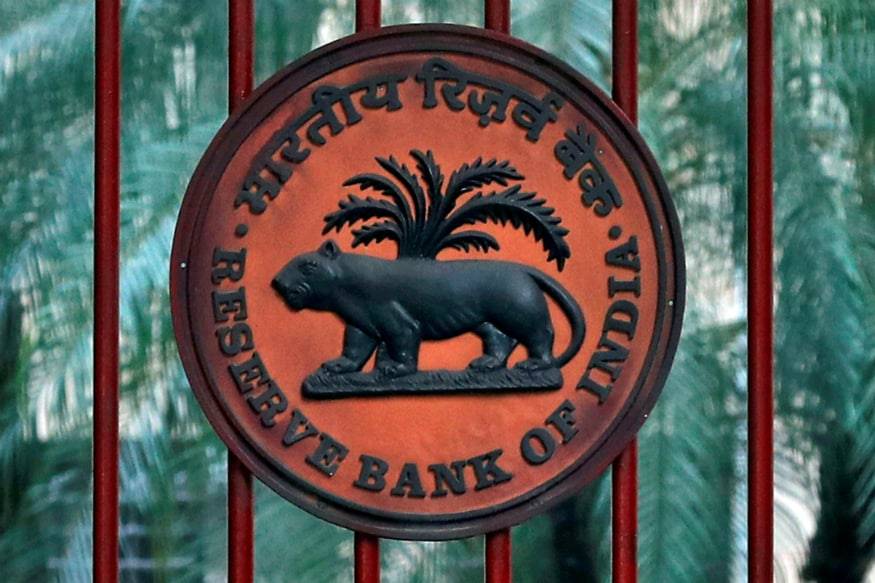
RBI On Revamping Loan Transfers
The watchdog and facilitator of monetary exchange recently proposed a new set of rules for the purpose of governing sales of stressed assets, which would entail greater flexibility to the lenders in the pricing of loans and in taking decisions as to whom they should sell to.
RBI has released two draft frameworks to facilitate its move of revamping the loan transfers. One of the drafts is for the securitization of standard assets and another one is for the sale of loan exposures.
The draft guidelines categorically mention that any lender seeking to sell stressed assets will be supposed to do so under a board-approved policy. Lenders can consider all the assets classified as “doubtful assets” for the purposes of sale hereafter.
The central bank has given primacy to suit the requirements of the lender as well as accommodate that of the borrower. One of the salient features lays down that the buyer of the stressed asset need not be a financial entity.
The onus has been put on the seller to conduct thorough due diligence of the buyer to ensure that they are not barred under the Insolvency & Bankruptcy Code which prevents certain persons who are painted tainted under the law from becoming contenders to revive a company undergoing CIRP.
Alongside, the proposal includes that the sale process should be conducted through a public call for bids and the potential buyers must be given sufficient time in order to conduct due diligence of the assets, with a floor of a minimum of 2 weeks.
Loan exposure envisages the aggregate of the unpaid principal amount of all the loans made by the Banks. The second draft addresses the issues under similar heads and is supposed to operate as an umbrella of the first framework in order to govern all the loan transfers. In order to understand the new proposition of RBI, we need to understand the various aspects of the concerned framework.
The Draft Sale Framework can be broadly divided into three parts-
(i) General conditions applicable to all loan transfers;
(ii) Provisions dealing with the sale and purchase of standard assets; and
(iii) Provisions dealing with the sale and transfer of stressed assets [including the purchase by ARCs (asset reconstruction companies)].
The core principles of transfer appear like the previous guidelines on direct assignment. However, the modification introduced here is that the scope of transfer has now been expanded to include various kinds of economic transfers of loan assets, including participation arrangements and transactions in which the loan exposure remains on the books of the transferor even after the said transactions.
Under this framework, three types of transfers have been recognized- (i) Assignment (ii) Novation, and (iii) Loan participation which includes both the risk participation and the funded participation.
Whilst loans can be transferred through any of the abovementioned transfer methods like the revolver loans, borrowing with bullet payments of principal and interest can only be transferred through novation and loan participation, whereas the stressed assets can only be transferred through assignment and novation.
Transfer by way of novation is exempted from the applicability of the guidelines, except for a condition that approval of all parties, including the borrower, is required for opting for novation.
The RBI probably intends that these transfers result in immediate legal separation of the transferor from the assets, which have been transferred and are beyond the reach of the transferor as well as its creditors. It also suggested that such kinds of transfers must be of remote nature with regard to bankruptcy norms and a legal opinion must be obtained for considering this.
The transfer of a single loan asset or a part of a single asset to a financial entity through the method of novation or loan participation has been made permissible as well. However, only the financial entities carrying on business in India will be eligible to participate in the endeavor. Loans acquired from other entities can also be assigned with the methods of assignment working in such cases.
However, in line with the position during the 2012 guidelines, transferors are not permitted to offer any credit enhancement or liquidity facility for loan transfers. Diligence requirements continue to be strict and the purchasing lender is required to apply the same standard of care while assessing the asset, as if it were originating the asset directly and cannot outsource its due diligence.
This framework definitely stands as a significant move by the RBI as it is expected to streamline the loan transfer system of India. It reinforces RBI’s focus on addressing the health of the banks and the bad debts of the country while being constantly committed to a balanced approach to the sale of the assets.
The ultimate outcome of the proposal would finally determine whether it is a positive move by our regulator in developing a robust market for the secondary transfers.
Tags: loan transfers, stressed assets, pricing of loans, stressed assets rbi
